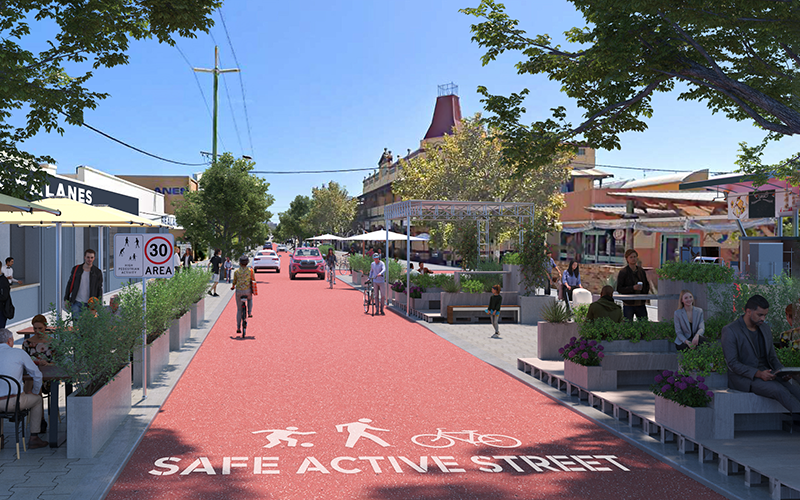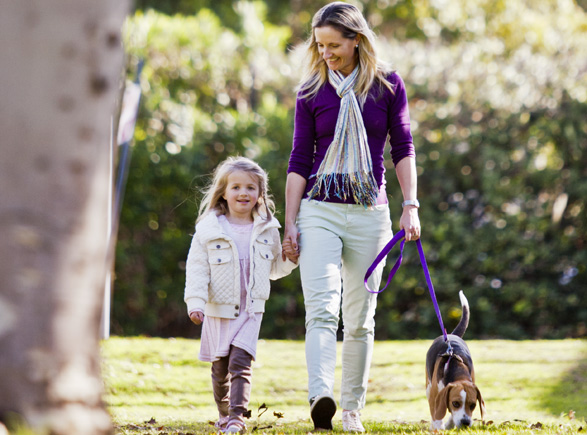Search

News & Events
More pedestrians, less cars: Researchers call for shopping strip overhaulResearchers have identified 10 Australian shopping strips where the removal of on-street parking would transform the area’s liveability.

News & Events
Family dogs help kids move and sleep more: new studyResearchers exploring the potential health benefits of pets have found children who regularly walk and play with a family dog are more active, have less screen time, and sleep more.

News & Events
Dogs are more than companions, they are great for our mental wellbeingA new study has highlighted the positive impact dog ownership has on our mental health.
Research
Playful BytesNurturing children's health together: A collaboration between early childhood education and care (ECEC) educators and parents on active play and eating well
Research
Scalability and scaling-up strategy of a physical activity policy intervention in Australian childcare centresThere is an urgent need for scalable interventions to promote physical activity in early childhood. An early childhood education and care physical activity policy intervention with implementation support strategies (Play Active) has been proposed for scale-up in Australia.
Research
Profile of the PLAY spaces & environments for children’s physical activity, sedentary behaviour and sleep (PLAYCE) cohort study, Western AustraliaChildhood is a critical period for the development of movement behaviours such as physical activity, sleep and sedentary behaviour. The PLAYCE Cohort was established to investigate how movement behaviours change over early to middle childhood, across key behaviour settings and relationships with health and development. An overview of the PLAYCE cohort, summary of key findings to date, and future research opportunities are presented.
Research
A cross-sectional audit of the Australian community food environment highlights the prominent role of chain food outletsFood retail and food service outlets can be part of a chain, or independently operated. Chain food outlets are likely to have the most influence over community food environments but have not been routinely identified in studies which map and monitor access to food, highlighting an important knowledge gap. This study aimed to identify the food retail and food service outlets present within metropolitan Perth, including presence of chain and independent food outlets; and examine differences across local governments.
Research
Children's views on outdoor advertising of unhealthy food and beverages near schoolsChildren are often exposed to unhealthy outdoor food advertisements during the school commute. This exposure can have negative public health consequences given childhood weight gain has been linked to the marketing of energy-dense and nutrient-poor foods. This study aimed to explore schoolchildren's lived experiences and attitudes towards outdoor advertising surrounding their schools.
Research
Examining Changes in Implementation of Priority Healthy Eating and Physical Activity Practices, and Related Barriers, Over Time in Australian Early Childhood Education and Care ServicesPromoting healthy eating and physical activity in early childhood education and care is recommended within guidelines and supported by health promotion programs; however, implementation is suboptimal. Evidence suggests implementation within the sector varies over time; however, this has not been empirically examined in relation to implementation barriers.
Research
School physical design and its relation to bullying and student well-beingThe school environment profoundly influences children's development, behaviours, and attitudes. This chapter delves into the relationship between school design and architecture, and their impact on bullying, victimisation, inclusivity, and student well-being. Research underscores the significant impact of school design on student social dynamics, advocating for collaborative efforts among stakeholders to craft effective anti-bullying policies.
